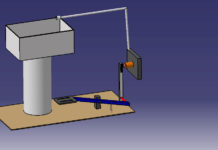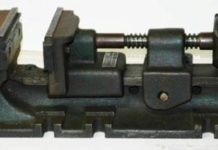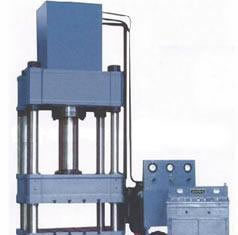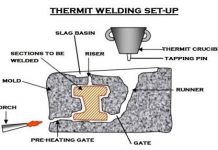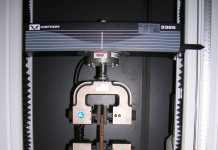PATTERN MATERIAL METAL
Metallic patterns are preferred when the number of castings required is large enough to justify their use. These patterns are not much affected by moisture as wooden pattern. The wear and tear of this pattern is very less and hence posses longer life. Moreover, metal is easier to shape the pattern with good precision, surface finish and intricacy in shapes. It can withstand against corrosion and handling for longer period. It possesses excellent strength to weight ratio. The main disadvantages of metallic patterns are higher cost, higher weight and tendency of rusting. It is preferred for production of castings in large quantities with same pattern. The metals commonly used for pattern making are cast iron, brass and bronzes and aluminum alloys.
Cast Iron
It is cheaper, stronger, tough, and durable and can produce a smooth surface finish. It also possesses good resistance to sand abrasion. The drawbacks of cast iron patterns are that they are hard, heavy, brittle and get rusted easily in presence of moisture.
Advantages
1. It is cheap
2. It is easy to file and fit
3. It is strong
4. It has good resistance against sand abrasion
5. Good surface finish
Disadvantages
1 It is heavy
2 It is brittle and hence it can be easily broken
3 It may rust
Brasses and Bronzes
These are heavier and expensive than cast iron and hence are preferred for manufacturing small castings. They possess good strength, machinability and resistance to corrosion and wear. They can produce a better surface finish. Brass and bronze pattern is finding application in making match plate pattern
Advantages
1. Better surface finish than cast iron.
2. Very thin sections can be easily casted.
Disadvantages
1. It is costly
2. It is heavier than cast iron.
Aluminum Alloys
Aluminum alloy patterns are more popular and best among all the metallic patterns because of their high light ness, good surface finish, low melting point and good strength. They also possesses good resistance to corrosion and abrasion by sand and there by enhancing longer life of pattern. These materials do not withstand against rough handling. These have poor repair ability and are preferred for making large castings.
Advantages
1. Aluminum alloys pattern does not rust.
2. They are easy to cast.
3. They are light in weight.
4. They can be easily machined.
Disadvantages
1. They can be damaged by sharp edges.
2. They are softer than brass and cast iron.
3. Their storing and transportation needs proper care.
White Metal (Alloy of Antimony, Copper and Lead)
Advantages
1. It is best material for lining and stripping plates.
2. It has low melting point around 260°C
3. It can be cast into narrow cavities.
Disadvantages
1. It is too soft.
2. Its storing and transportation needs proper care
3. It wears away by sand or sharp edges. Copied from Introduction to Basic Manufacturing Processes and Workshop Technology by Rajender Singh.



